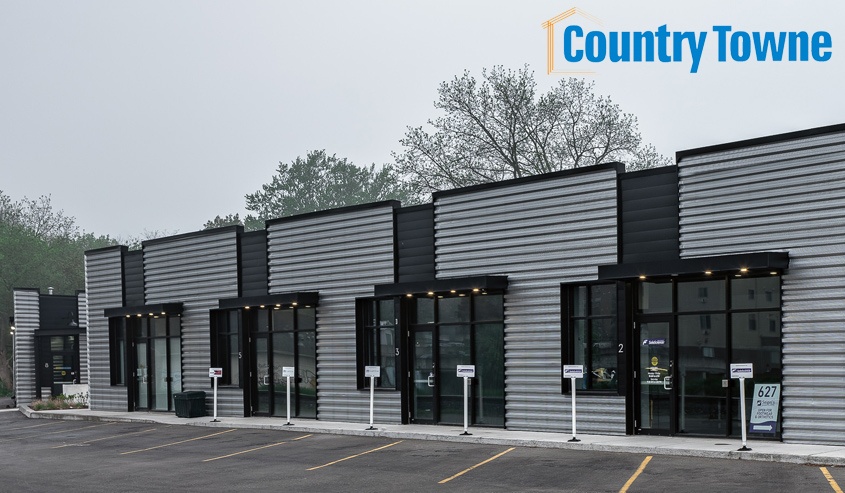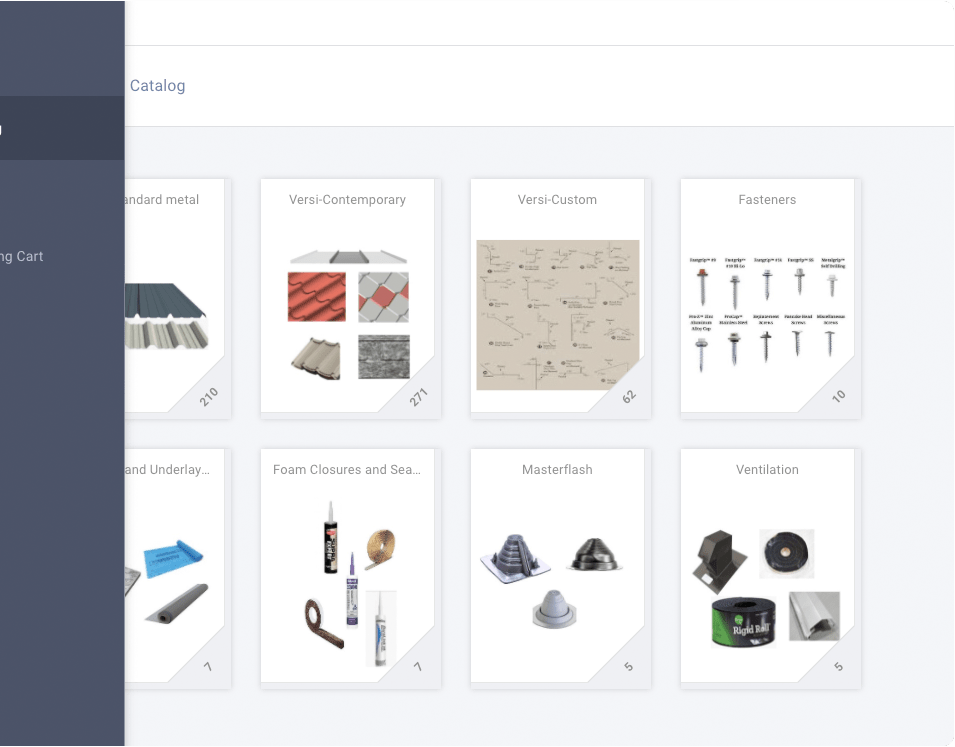Ask any modern designer or architect about their favorite building materials and they’ll give you the same reply. One of the most popular materials today is metal. It is so versatile that it can be mixed with various materials. Plus, it has both interior and exterior uses with both durability and ease of installation.
Metal panels can be used in making a structure strong and beautiful – inside out. From rustic charm to modern looks, metal can add more style to your next project. Plus, they are eco-friendly and recyclable if they ever meet their life expectancy. Another great advantage is that they can be mixed with other metal and non-metal building materials for infinite customization.
Let’s find out a little about using metal panels for construction and build design.
How to Use Metal Panels in Building Design
Architectural metal panels are now commonly used in high-rise buildings and commercial structures. They enhance homes, shops, offices, shopping complexes and more. Mixed metals are particularly great for various aesthetic design options. They are applicable in indoor and outdoor building applications and structures. They can be used in various forms.
Metal siding, cladding, roofing, soffits, and trim etc., have become standard in home construction as well. That’s because of their strength, weather protection, and durability.
What’s interesting is how modern design ideas include mixing metals of different types. Besides, metal building products and architectural elements can combine with traditional non-metallic materials.
a) Mixed Metals
Some common architectural metals used in construction and architecture are stainless steel, aluminum, copper, lead, zinc, etc., to take advantage of their individual strengths and appearances.
Modern architects choose a dominant metal and an accent metal. While the dominant metal covers larger portions of a surface, the accent metal is used as a highlighter to catch the attention.
Choosing a metal based on undertones is an essential part of the decor process. There are warm metals and cool metals. You can stick to metals of different colours with the same undertone – or mix and match.
There’s no limit to the types of metals you can combine. They can help create interesting textures, colours, and contrasts. Or you can choose to go for a more synthetic wood look for exterior walls and interior decor.
b) Metal and Non-Metal
Metal finish can be combined with the matte texture of traditional materials like wood, brick, or stone. Mixing metal with textured glass or reflective glass with textured metal can also create contrast.
The combinations can be seamless on building exteriors in the form of shingles or sidings. They can give a unique modern rustic look to porches, roofs, and outside walls.
In interior decor, such attractive mixes are applicable on walls, or even as stand alone accent features.
Benefits of Mixing Metal Into Interior and Exterior Designs
Why do architects and decorators use metal in their designs? That’s because metal has various advantages, which are as follows –
a) Striking Appearance
Metal adds an edge to interior and exterior looks. For a futuristic look, combining metal with glass and other metals can be a great idea. Or, designers can use a combination of metal with traditional materials. It can give a warm and rustic touch to outer walls, drawing rooms, shops, offices, and more.
b) Custom Designs
Architects can draw inspiration from industrial architecture, mountain house plans, or urban structures. Design teams may also have to cater to various bathroom sizes, kitchen layouts, or room dimensions. It’s easy to customize metal by mixing it with other materials, painting, anodizing, fabrication, etc.
c) Strength and Durability
Metal is a strong and durable material. It is resistant to fire, weather conditions like rain and storm, etc. It doesn’t end there. Impact and accidents do not break or damage metal panels and design elements easily. Metal panels used indoors and outdoors can last for several decades without perishing.
d) Low Maintenance Cost and Effort
Metal needs minimal maintenance. Plus, there’s hardly any chance of breaking or damaging metal. The initial incorporation may cost more than other materials, especially when you want a customized mix. But the long-term cost and effort for maintenance or repair are low, especially for painted and anodized metal.
e) Eco-Friendly Choice
Metal is a durable material, which means it lasts for several decades and doesn’t get destroyed or fall apart. Thus, it can be recycled. Be it an old roofing sheet or wall panel, everything can be reused. Thus, it is an eco-friendly choice for design materials.
How to Care for Metal Panels and Decor Elements
Cleaning and caring for metal is extremely easy, as you have to do the following –
- Standard Checking – Get your metal panels, especially the exterior ones, checked twice a year. A professional can find out if there is rusting or need for painting to ensure their long life.
- Cleaning Regularly: Cleaning metal can mean clearing dust, dirt, and cobwebs. Or, you may use mild chemicals or salt spray to remove stubborn spots, rust marks, bird droppings, etc.
- Snow Removal – If you live in an area prone to snowfall, extra snow guards are required on metal roofs. This helps to clear out the snow to prevent the weight of heavy snow from denting or bending the exterior metal panels.
- Tree Trimming – You may have trees growing nearby, especially old trees with damaged and dangling limbs. It’s essential to have them trimmed or removed, especially before the windy season.
History of Metal in Construction
If we look back at the history of using metal in architecture, we’ll see that it was inspired by the Industrial Revolution. That was in the later half of the 18th century. From smaller uses like railing and hardware, it has now become an important part of the structures.
The earliest known metal used for this purpose was iron. Later, in the 19th century, steel gave architects new ways to incorporate metal in their designs. Steel frame construction, especially in high-rises, has been a revolution for the entire world.
It wasn’t until the 20th century that metal started getting used for decorative purposes. Ornamental elements in the US storefronts from that era continue to serve as inspirations for designers even today. They use cast-iron columns and structural steel lintels.
Many steel and cast-iron companies played an essential role in making the use of metal popular in architecture. More metal types, including stamped metal, started getting mixed with or as a replacement for traditional materials for exterior cornices and lightweight ornaments.
Aluminum became a popular material for stores, windows, curtain rods, etc., during WW-II. That’s because they are low-cost and lightweight. Eventually, aluminum panels also found applications. Thus, metal has a long history in the world of architecture and decor.
Contact Country Towne
For the best use of metal in the interior and exterior of a new building, contact us today! Our team of experts will give you custom build design ideas and help translate your dream into reality.



Share This Article
Choose Your Platform: Facebook Twitter Google Plus Linkedin